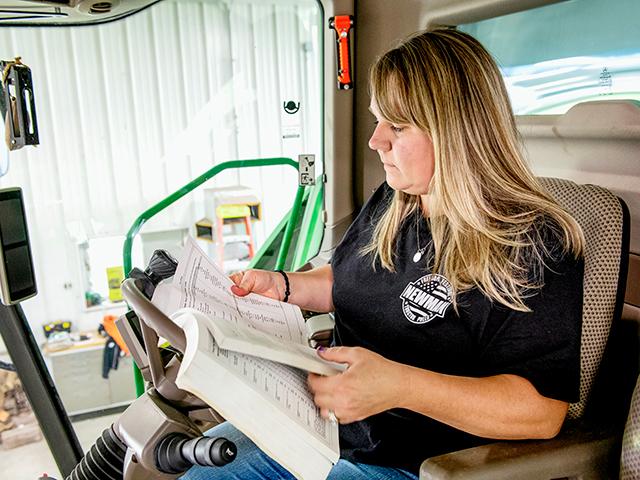Blog Post has encountered an error. Please try again later.
Blog Post Comments has encountered an error. Please try again later.
All Blogs
Markets
- Market Matters Blog by Mary Kennedy
- Technically Speaking by DTN Staff
- Sort & Cull by ShayLe Stewart
- Fundamentally Speaking by Joel Karlin
- Canada Markets by DTN Staff
News
- Production Blog by Pam Smith
- Ethanol Blog by DTN Staff
- Ag Policy Blog by Chris Clayton
- South America Calling by DTN Staff
- An Urban's Rural View by Urban Lehner
- MachineryLink by Dan Miller
- Editors' Notebook by Greg D.Horstmeier



